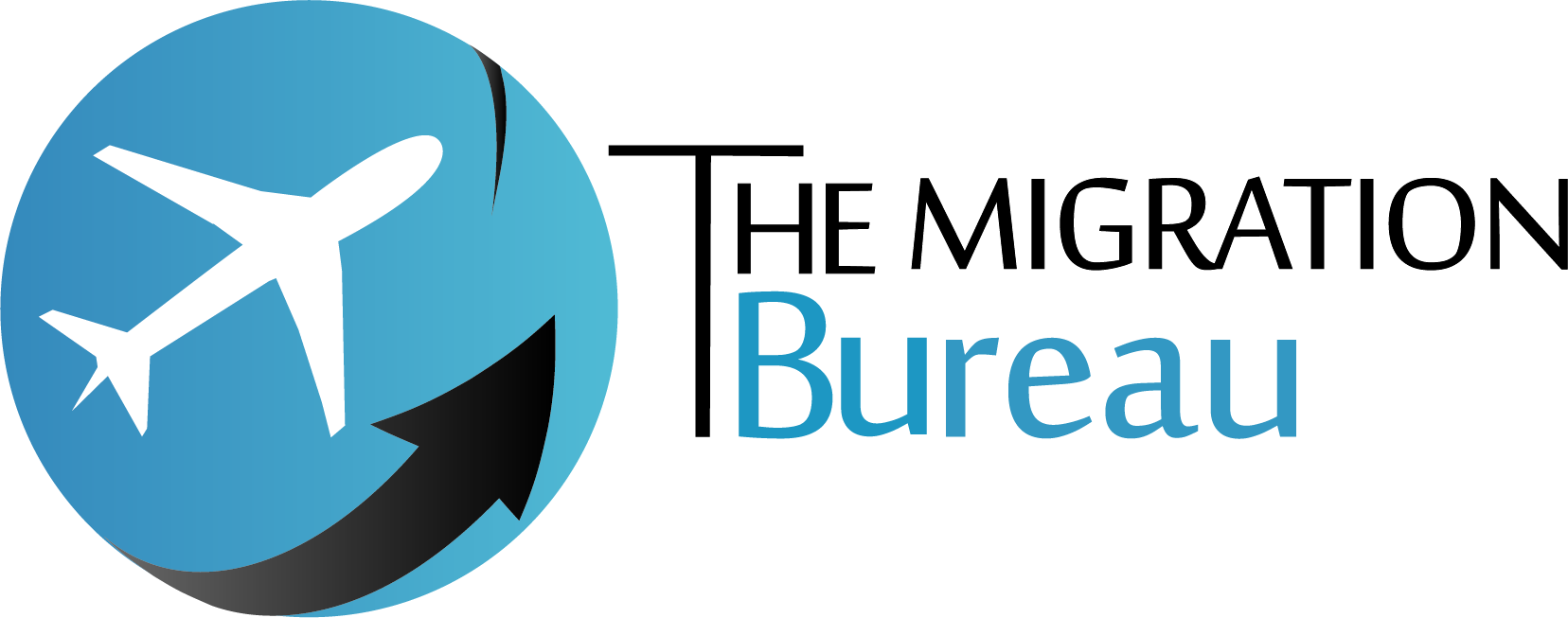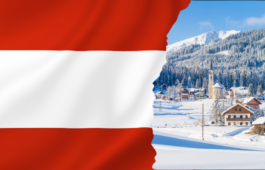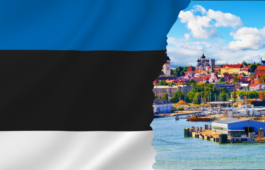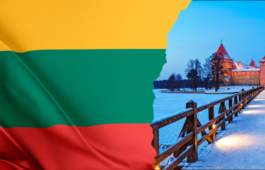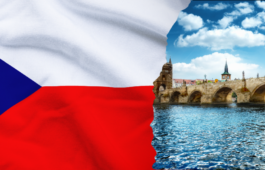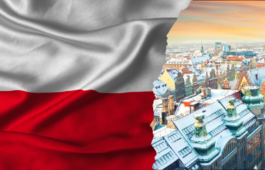Minimum wages 2022 in the EU
- 31 May 2022
- The Migration Bureau
- No Comments

Minimum wages 2022 in the EU
Minimum wage statistics, as published by Eurostat, refer to national minimum wages.
The national minimum wage usually applies to all employees, or at least to a large majority of employees in a country. It is enforced by law, often after consultation with social partners, or directly by a national intersectoral agreement.
As of 1 January 2022, 21 out of the 27 EU Member States have national minimum wages.
There are 6 countries of EU which are not introducing minimum wages- Denmark, Italy, Cyprus, Austria, Finland and Sweden the exceptions.
Minimum wages in the EU Member States ranged from EUR 332 per month in Bulgaria to EUR 2 257 per month in Luxembourg
Based on their levels in euro, those 21 Member States can be divided into three main groups.
The 21 EU Member States that have national minimum wages can be divided into three main groups based on their levels in euro.
- Group 1, with a national minimum wage above EUR 1 500 per month. This group includes: Luxembourg, Ireland, the Netherlands, Belgium, Germany and France. Their national minimum wages ranged from EUR 1 603 in France to EUR 2 257 in Luxembourg.
- Group 2, with a national minimum wage higher than EUR 1 000 but lower than EUR 1 500 per month. This group includes: Slovenia and Spain. Their national minimum wages were EUR 1 074 in Slovenia and EUR 1 126 in Spain.
- Group 3, with a national minimum wage below EUR 1 000 per month. This group includes: Portugal, Malta, Greece, Lithuania, Poland, Estonia, Czechia, Slovakia, Croatia, Hungary, Romania, Latvia and Bulgaria. Their national minimum wages ranged from EUR 332 in Bulgaria to EUR 823 Portugal.
For comparison, the federal minimum wage in the United States was €1 110 in January 2022.
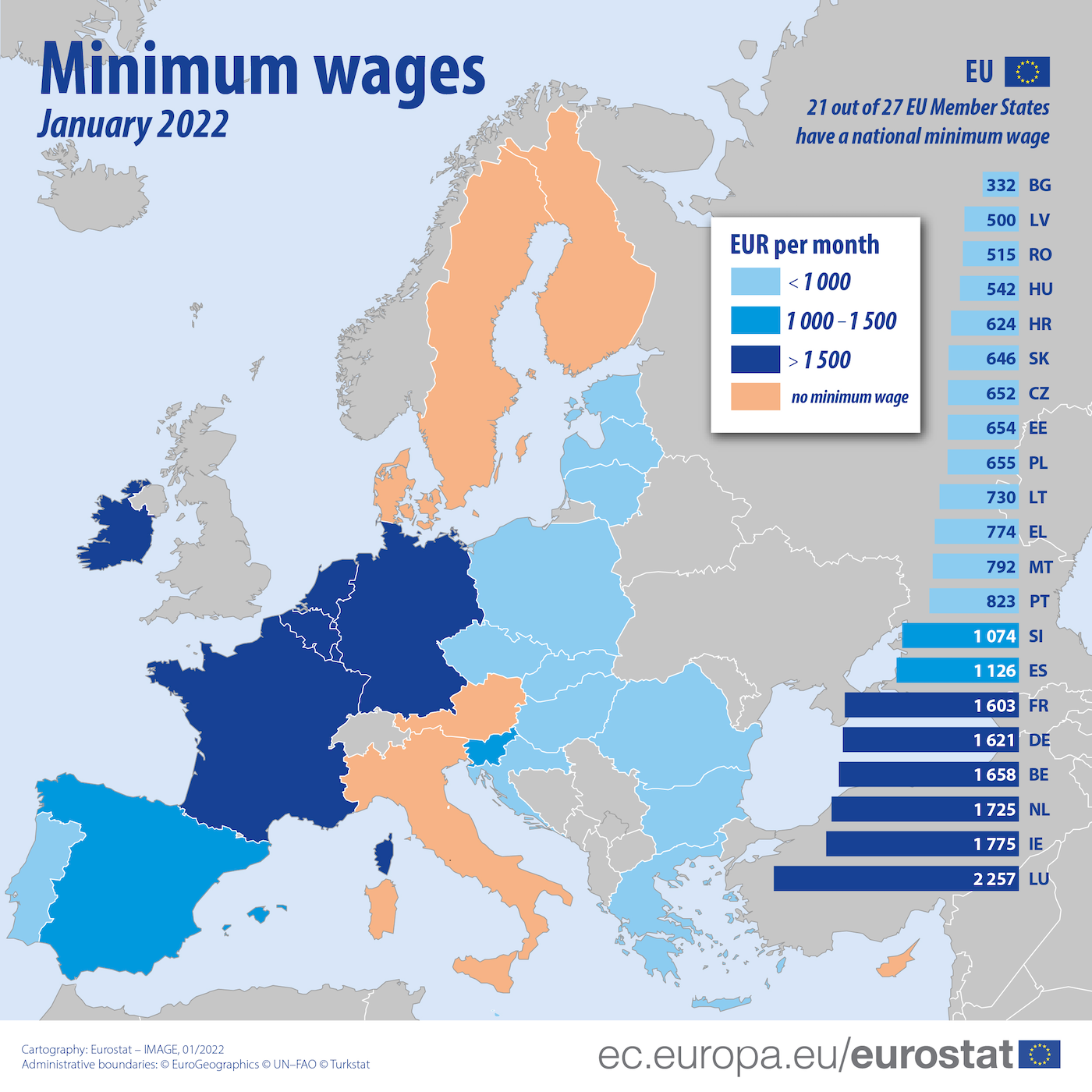
Source dataset: earn_mw_cur
Smaller gaps in minimum wages once price level differences are eliminated
Across the group of 21 Member States in analysis, the highest minimum wage was almost 7 times higher than the lowest. However, the disparities are considerably smaller once price level differences are taken into account. When expressed in purchasing power standard (PPS), minimum wages in the Member States with lower price levels become relatively higher compared with those in the Member States with higher price levels.
By eliminating price differences, minimum wages ranged from 604 PPS per month in Bulgaria to 1 707 PPS in Luxembourg, meaning that the highest minimum wage was almost 3 times higher than the lowest. Based on this, it is possible to distinguish two main groups: group 1 with a national minimum wage above PPS 1 000, and group 2 with a national minimum wage below PPS 1 000.
Minimum wages expressed in purchasing power standards
Variations in minimum wages are considerably smaller after adjusting for differences in price levels.
Purchasing power standard is an artificial common reference currency unit used in the European Union which eliminates the differences of price levels between countries.
So, a PPS allows to buy the same volume of goods and services in all the countries.
As might be expected, this adjustment reduces differences across countries. In PPS terms, EU Member States with the national minimum wage may be classified into two different groups (see Figure 2, non-EU countries are shown separately).
- Group 1, with a national minimum wage above PPS 1 000. This group includes: Luxembourg, Germany, the Netherlands, Belgium, France, Ireland, Slovenia, Spain, Poland and Lithuania. Their national minimum wages ranged from PPS 1 038 in Lithuania to PPS 1 707 in Luxembourg.
- Group 2, with a national minimum wage below PPS 1 000. This group includes: Romania, Portugal, Malta, Croatia, Greece, Hungary, Czechia, Estonia, Slovakia, Latvia and Bulgaria. Their national minimum wages ranged from PPS 604 in Bulgaria to PPS 949 in Romania.
All candidate and potential candidate countries with a national minimum wage belong to group 2, with minimum wage levels ranging from PPS 401 in Albania to PPS 888 in Montenegro.
At present there are five official candidate countries for membership of the European Union (EU): Montenegro, North Macedonia, Albania, Serbia, Turkey
The United States (PPS 920) belong to group 2.
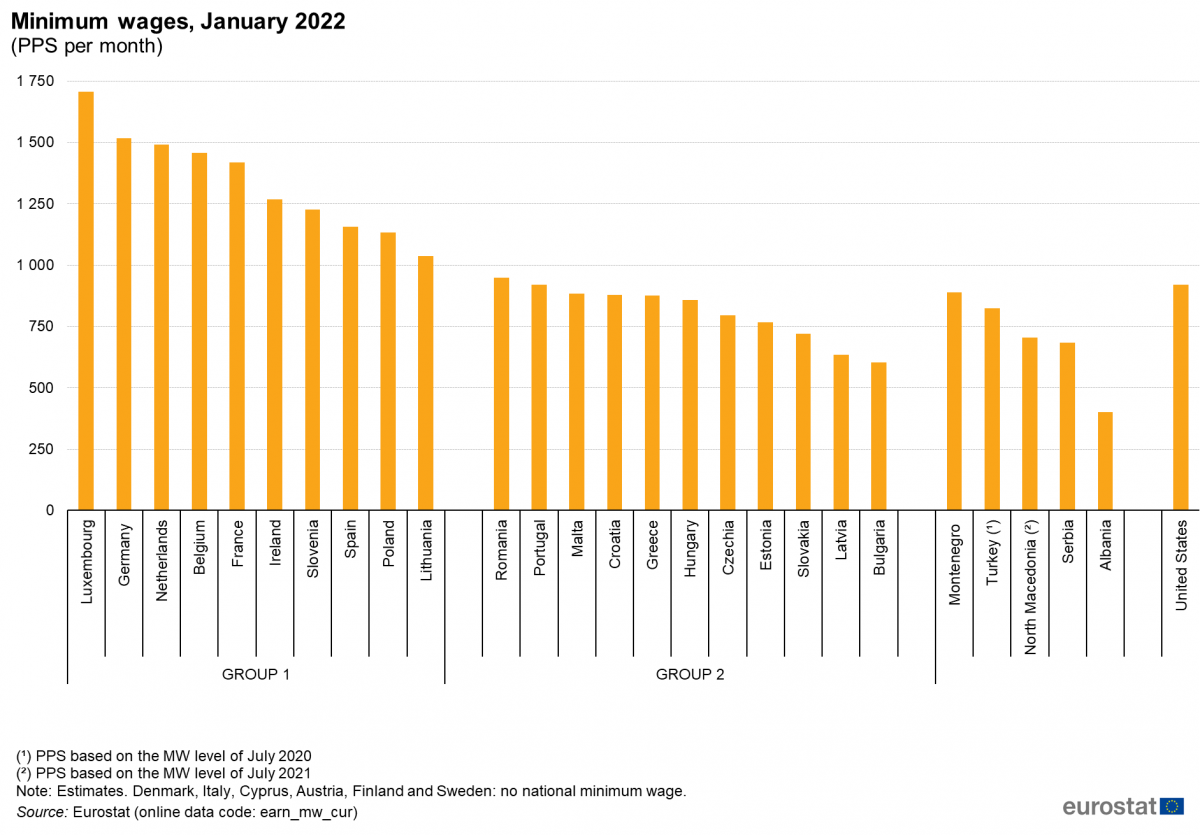
When choosing the best country to live in as a foreigner, first of all you should be guided by the second factor which is explained today – Minimum wages expressed in purchasing power standards.
As you can see in both of statistics on the top is Luxemburg, it means that you will earn the most there as well like you will be able to buy the most amount of smilar goods compare to other countries.
The worst country according to this date to live will be Bulgaria.
Althought please remember that 6 countries of EU did not introduce minum wage in 2022 so there are not included in those statistics.
